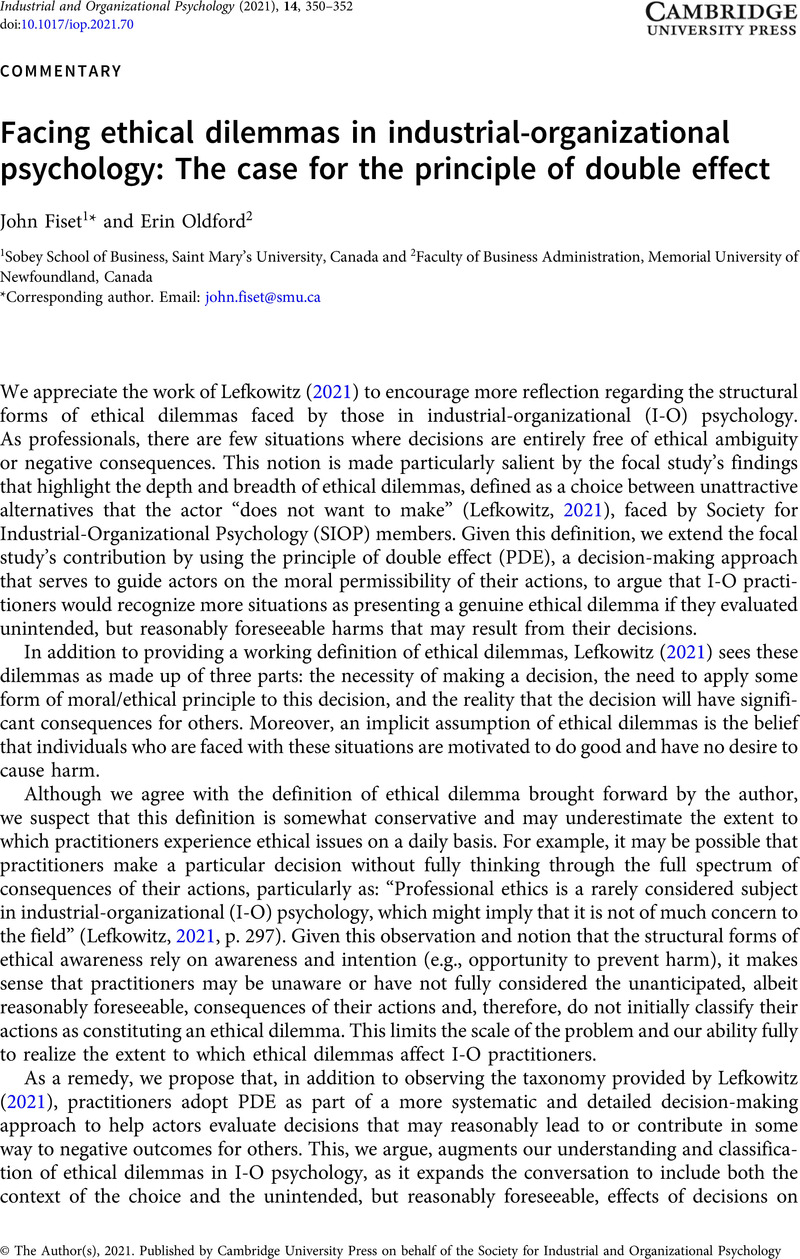Crossref Citations
This article has been cited by the following publications. This list is generated based on data provided by Crossref.
Oldford, Erin
Fiset, John
and
Armenakyan, Anahit
2023.
The marginalizing effect of journal submission fees in Accounting and Finance.
Scientometrics,
Vol. 128,
Issue. 8,
p.
4611.



